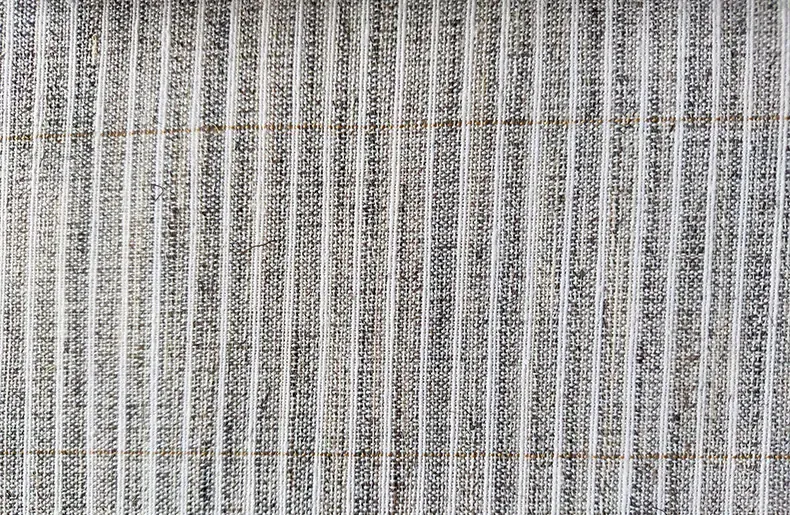Enhancing Every Garment
Twill free China Twill Fabric fabric refers to du fabric made of bai twill weaving and made of cotton. 100% cotton refers to clothing or supplies with 100% cotton content, generally plain cloth, poplin, twill, labor cloth, etc. Different from general cloth, it has the advantages of deodorization, breathability, and comfort.Twill fabrics are usually woven with a two-to-one twill weave and a 45° left-twill weave. The front twill of the fabric is obvious, and the back is blurry.

Single yarn is used in both the warp and weft directions, the linear density is close, and the warp density of the fabric is slightly higher than that of the weft density. Fine twill is woven with fine special yarn, and denim is woven with medium special yarn. The raw materials used are pure cotton, viscose and polyester cotton. The twill fabric is tight and thick, with a soft hand. A small amount of the market, mainly used as quilts and underwear. Mostly processed into colored cloth and flower cloth.
Color fine twill is used for uniforms, sportswear fabrics and clothes clips. Floral twill is used for women's and children's clothing. The big flower oblique can be used as a cover. 1. Cotton fabric has strong alkali resistance, acid resistance and high temperature resistance. It can use various detergents, but try not to use washing powder, it is best to use transparent soap or soap powder, soap paste. Wash the washing with warm water first, and then let the clothes soak after cooling.
Chlorine bleaching is not suitable; colored clothes can be soaked in water for several minutes before washing, but not too long to avoid color damage; white clothes can be washed at high temperature with a strong alkaline detergent to bleach; underwear can not use hot water Soak to prevent the protein in the sweat stains from solidifying and adhering to the clothing, resulting in yellow spots; it is best not to machine wash knitwear; cotton clothes of different colors should be washed separately; do not rub with a washing board or brush.